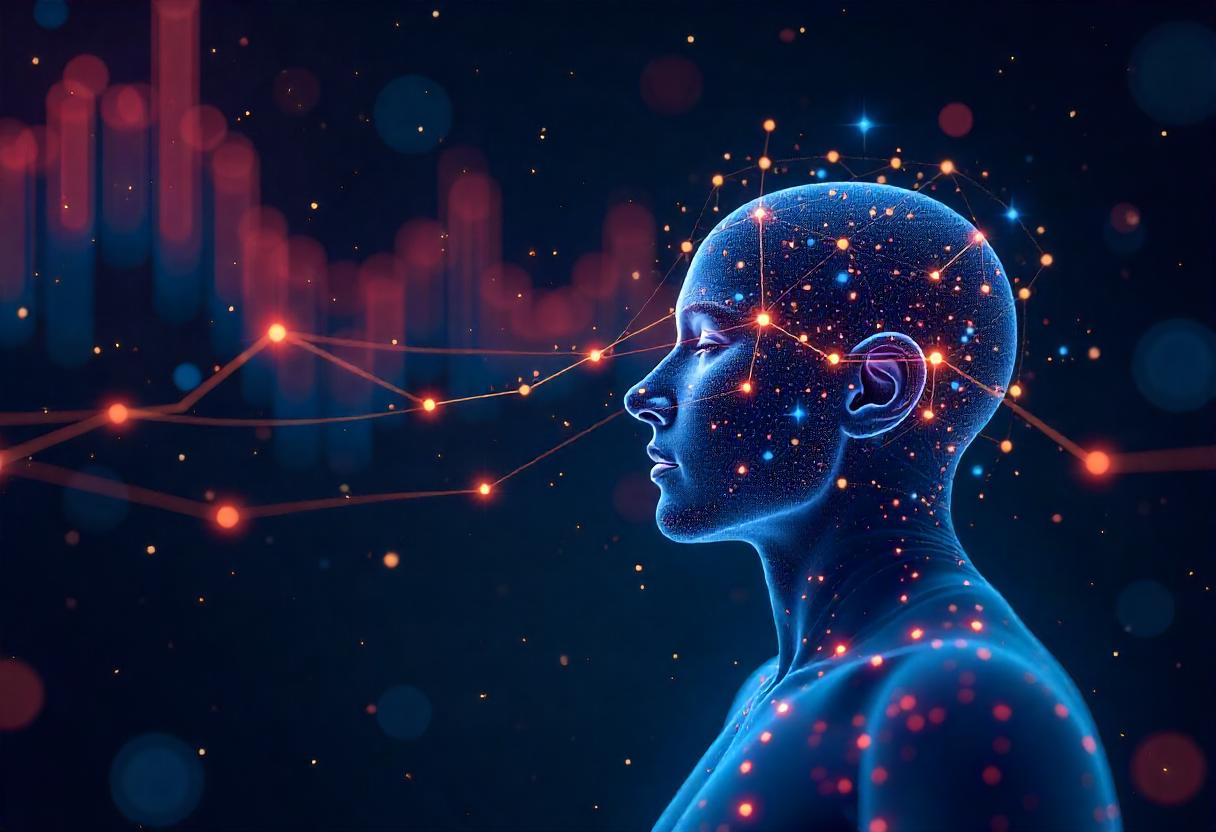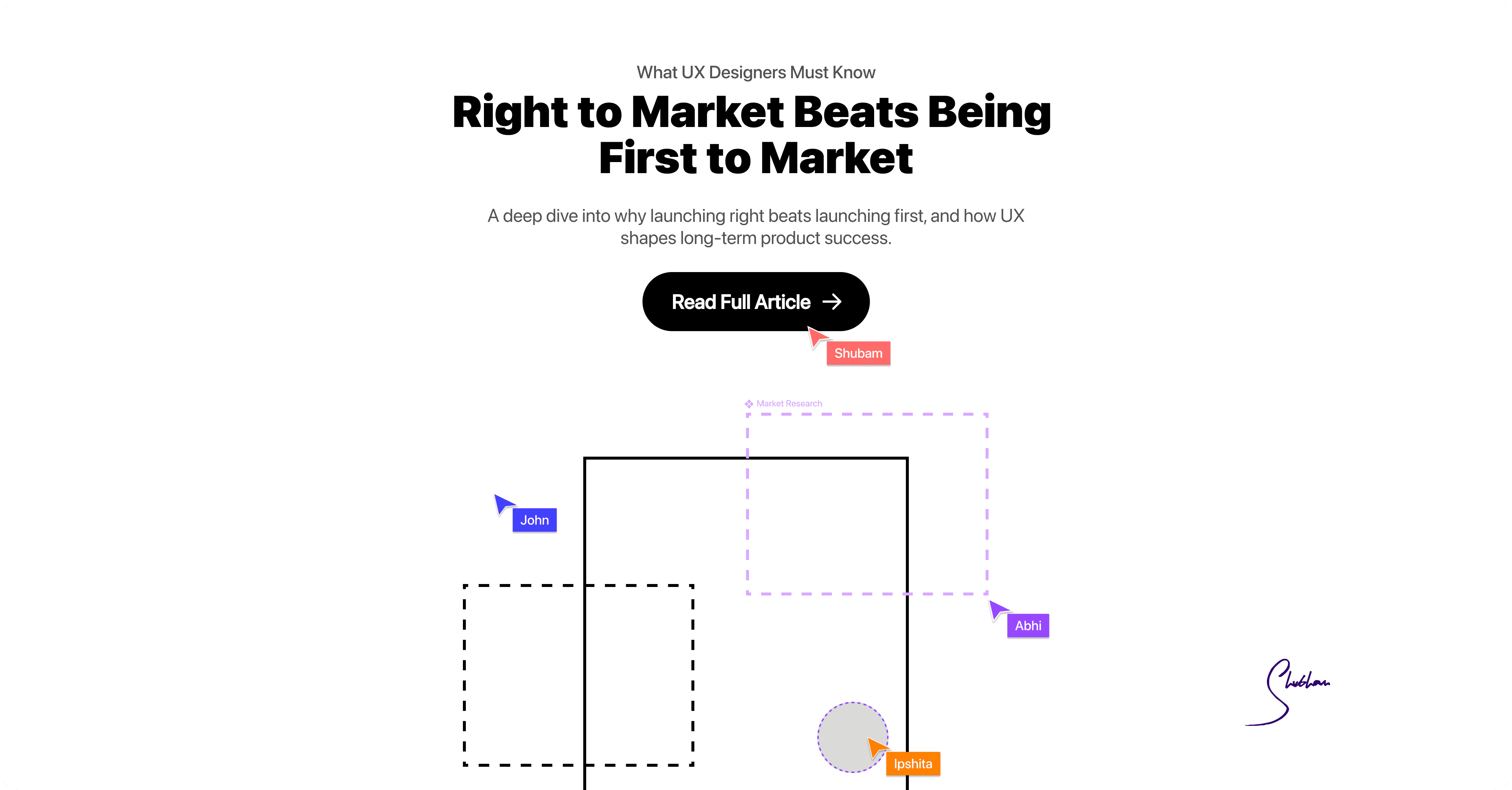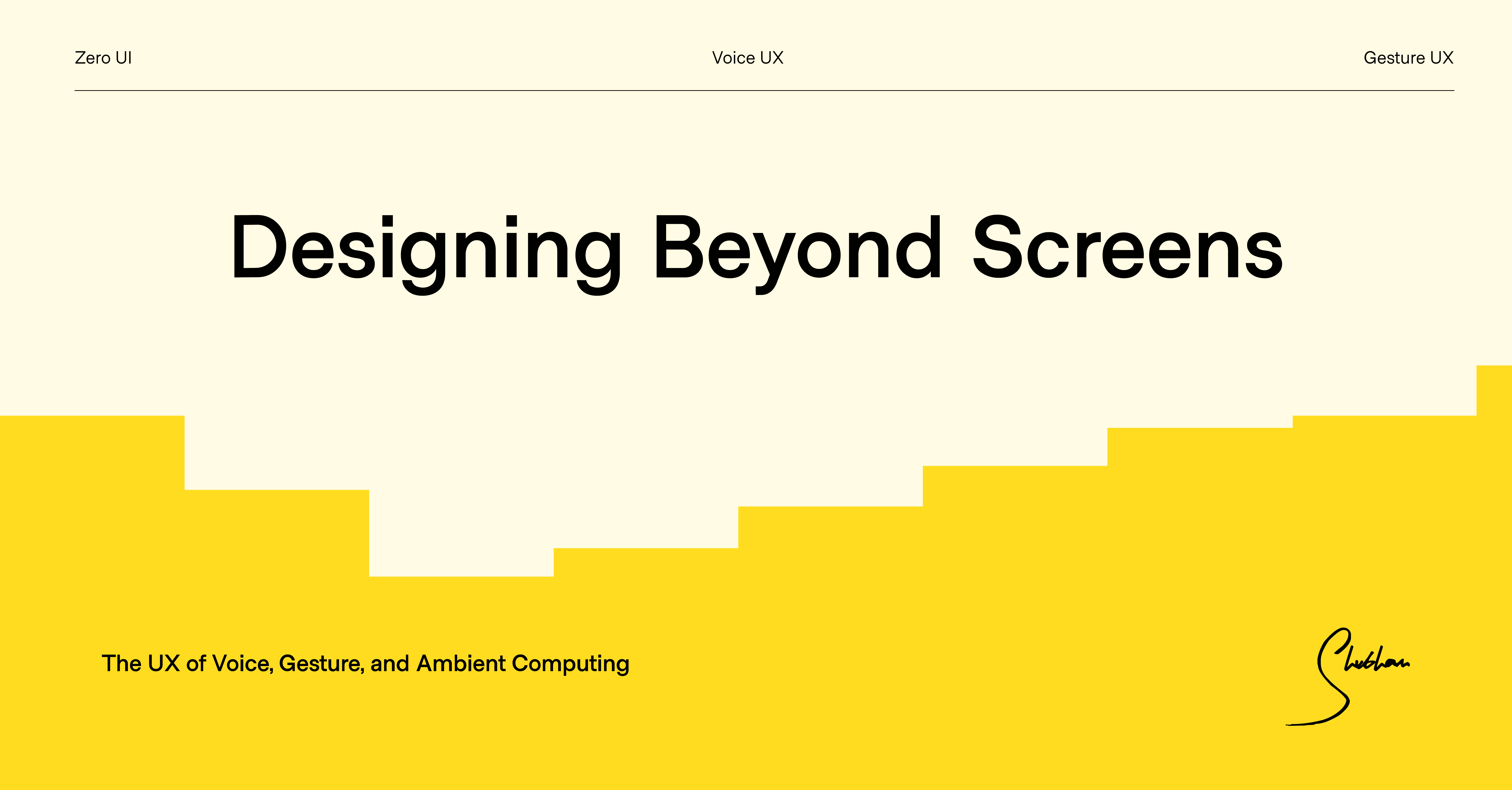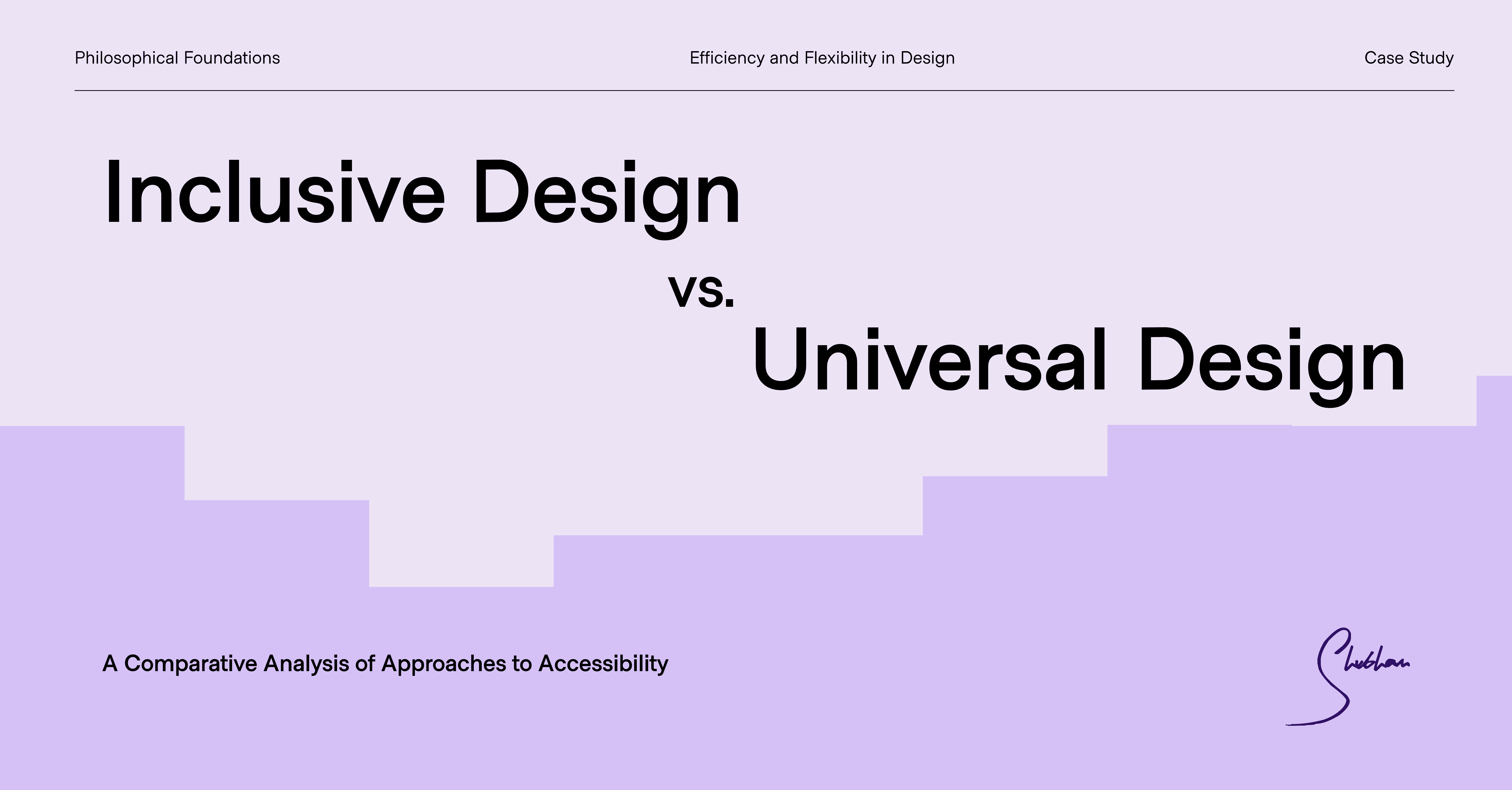Generative AI (GenAI) is revolutionizing the field of user experience (UX) design and research. Its ability to make processes more efficient, spark creative ideas, and deliver user-focused solutions has made it an essential tool for professionals and newcomers alike. This article explains the impact of GenAI in simple terms, detailing its practical applications and the exciting possibilities it opens up for the future of UX design.
What is Generative AI in UX Design?
Generative AI refers to advanced AI systems that create new content based on existing data. In UX design, this means AI can help design prototypes, analyze user feedback, and even suggest creative solutions. For instance, tools like ChatGPT and DALL-E 2 can generate ideas, tasks, or visual designs, making the design process faster and more innovative.
Methodological Approach to Using GenAI
Using GenAI effectively requires a systematic approach. Here's how it works:
Data Collection: Start by gathering information about users. This can include feedback from surveys, usability tests, or interviews. This data gives insights into what users need and how they interact with products.
Task Execution: With GenAI tools, tasks like analyzing feedback, creating user personas, or generating design ideas can be done quickly and efficiently.
Thematic Analysis: Use AI to find patterns in the data. For example, common themes in user feedback can reveal what users like or dislike about a product.
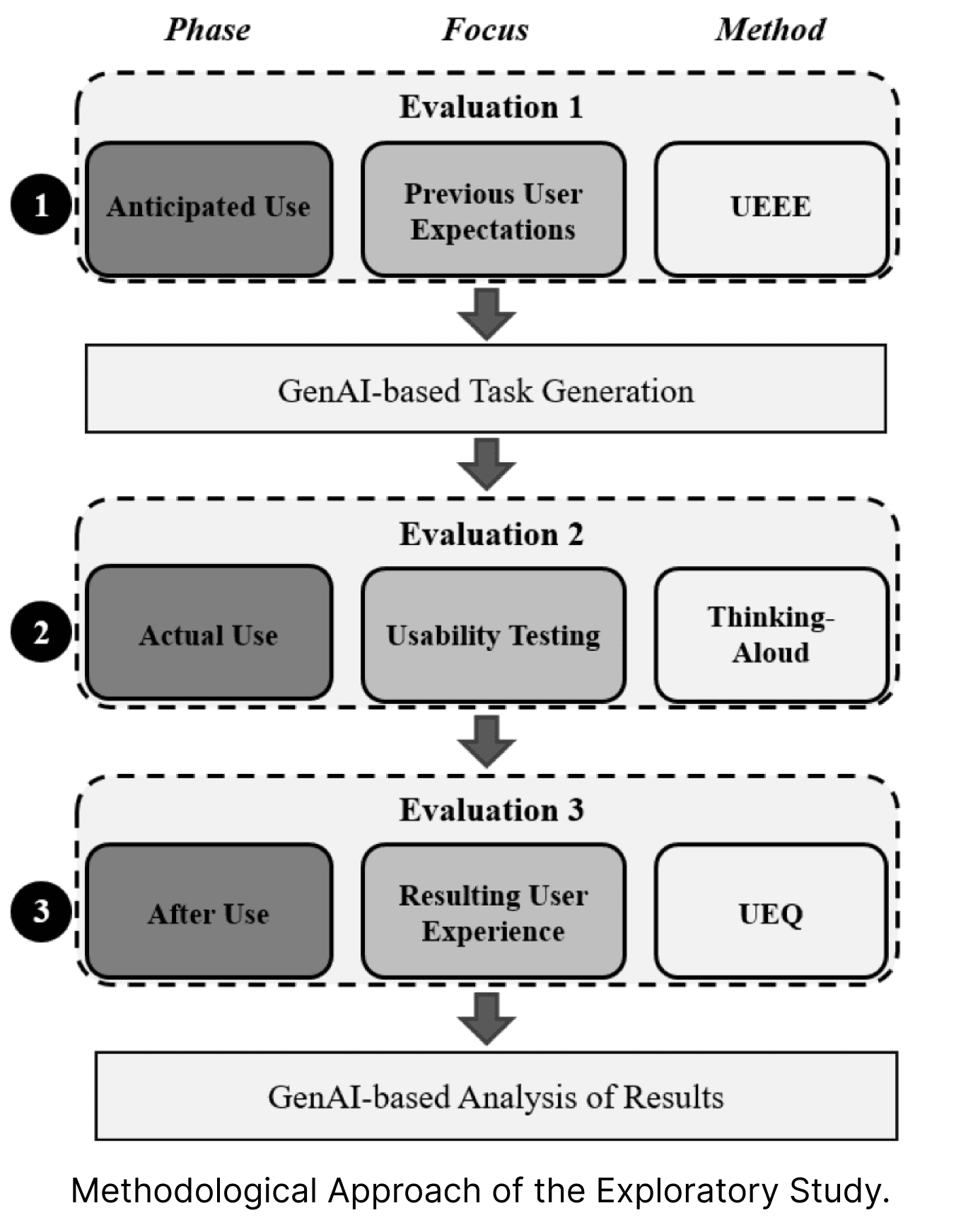
Step-by-Step Guide
Recruiting Participants: Ensure that participants represent a variety of user perspectives. Diversity helps uncover different needs and challenges.
Pre-Task Discussions: Before starting, set clear expectations about the tools and tasks to ensure everyone understands the process.
Using AI Tools: During tasks, AI tools like ChatGPT can guide participants in creating, testing, or refining design solutions.
Feedback Sessions: After completing tasks, collect feedback to improve the tools and understand user experiences better.
This process not only simplifies complex tasks but also helps in creating designs that truly resonate with users.
Generative AI-Based Task Generation
Creating meaningful tasks for UX research can be time-consuming. GenAI simplifies this by generating tasks that are relevant, creative, and easy to implement.
How GenAI Enhances Task Generation
Scenario Simulation: AI can generate realistic scenarios, helping designers anticipate how users might interact with a product.
Content Ideas: Brainstorming with AI tools leads to fresh and innovative task ideas that align with project goals.
Rapid Prototyping: GenAI can quickly generate prototypes for testing, reducing the time it takes to iterate on designs.
By automating repetitive steps, GenAI allows designers to focus on solving deeper challenges and creating impactful user experiences.
Visualizing User Feedback with Word Clouds
Word clouds are a popular way to summarize user feedback visually. They represent frequently mentioned words in a dataset, giving an immediate sense of user priorities and concerns.
Benefits of Word Clouds
Easy to Understand: Word clouds simplify complex data, making insights accessible even to non-technical stakeholders.
Actionable Insights: Highlighting common terms in feedback helps prioritize areas for improvement.
Team Collaboration: A shared visual representation of user needs aligns team efforts and fosters better collaboration.
For example, if users frequently mention "easy navigation," the design team knows to prioritize intuitive layouts in the next iteration.
Understanding Anticipated Use vs. Actual Use
There is often a gap between what users expect from a product and how they actually use it. GenAI helps analyze these differences, providing valuable insights for improvement.
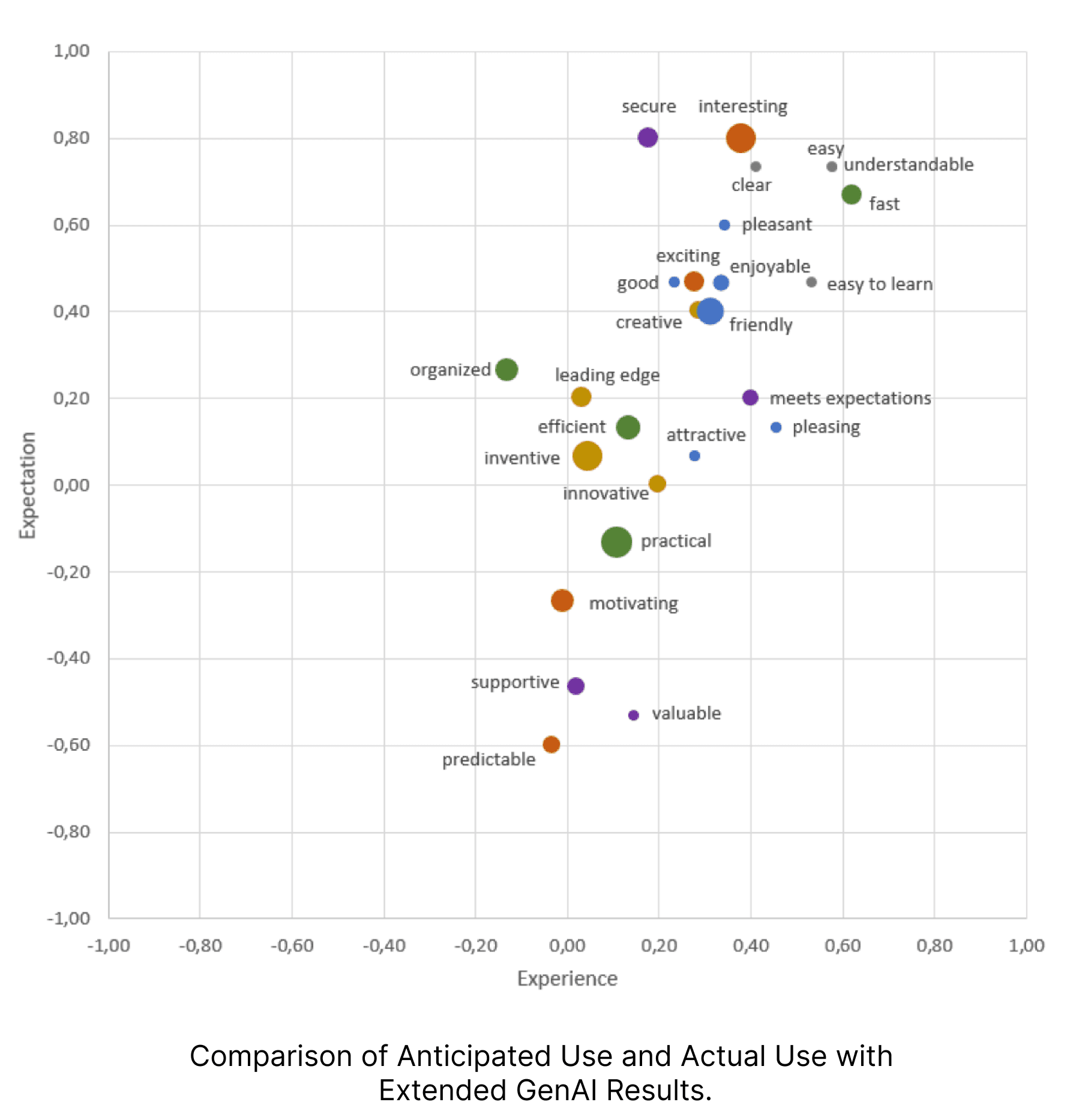
Lessons Learned
Expectation vs. Reality: By comparing anticipated and actual usage, designers can identify and address mismatched expectations.
Continuous Learning: AI-driven insights guide ongoing improvements, ensuring products remain relevant.
Behavior Analysis: Observing user behavior over time helps create systems that evolve with user needs.
This comparison ensures that designs are not just functional but also align with user preferences and habits.
The Bigger Picture: Implications for UX Design
The integration of GenAI into UX design brings both opportunities and challenges. It reshapes traditional practices, making them more dynamic and inclusive.
Opportunities
Enhanced Creativity: AI offers fresh ideas and perspectives, sparking innovative solutions.
Efficiency: Tasks that once took hours can now be completed in minutes.
Deeper Insights: AI helps uncover patterns and trends that might be missed through manual analysis.
Challenges
Building Trust: Transparent systems are essential to ensure users trust AI-generated solutions.
Ethical Considerations: It’s crucial to address biases in AI models to create fair and inclusive designs.
Skill Development: Designers need to learn how to effectively use these new tools.
A Vision for the Future
The future of UX design with GenAI looks promising, focusing on:
Inclusivity: AI tools must cater to diverse user groups, ensuring equitable access.
Adaptability: AI systems should evolve based on real-time feedback, staying relevant as user needs change.
Collaborative Platforms: Humans and AI working together can create groundbreaking designs and experiences.
This vision blends human creativity with technological innovation, paving the way for exciting possibilities in UX design.
Conclusion
Generative AI is not just a technological tool; it’s a transformative force in UX design and research. By automating repetitive tasks, sparking creativity, and delivering deep insights, it empowers teams to push boundaries and innovate fearlessly. As this technology evolves, embracing it responsibly will unlock new opportunities, making the future of UX design more engaging, inclusive, and user-focused.
REFERENCES
Kim, S., Eun, J., Oh, C., & Lee, J. (2024). “Journey of Finding the Best Query”: Understanding the User Experience of AI Image Generation System. International Journal of Human–Computer Interaction, 1–19. https://doi.org/10.1080/10447318.2024.2307670
Graser, S., Snimshchikova, A., Böhm, S., & Schrepp, M. (2024). Enhancing UX research activities using GenAI – potential applications and challenges. arXiv preprint arXiv:2411.12289. https://doi.org/10.48550/arXiv.2411.12289
Houde, S., Ross, S. I., Muller, M., Agarwal, M., Martinez, F., Richards, J., Talamadupula, K., & Weisz, J. D. (2022). Opportunities for Generative AI in UX Modernization. Joint Proceedings of the ACM IUI Workshops 2022, CEUR Workshop Proceedings, 3124. Retrieved from https://ceur-ws.org/Vol-3124/paper8.pdf
Takaffoli, M., Li, S., & Mäkelä, V. (2024). Generative AI in User Experience Design and Research: How Do UX Practitioners, Teams, and Companies Use GenAI in Industry? Proceedings of the 2024 ACM Designing Interactive Systems Conference. https://doi.org/10.1145/3643834.3660720
